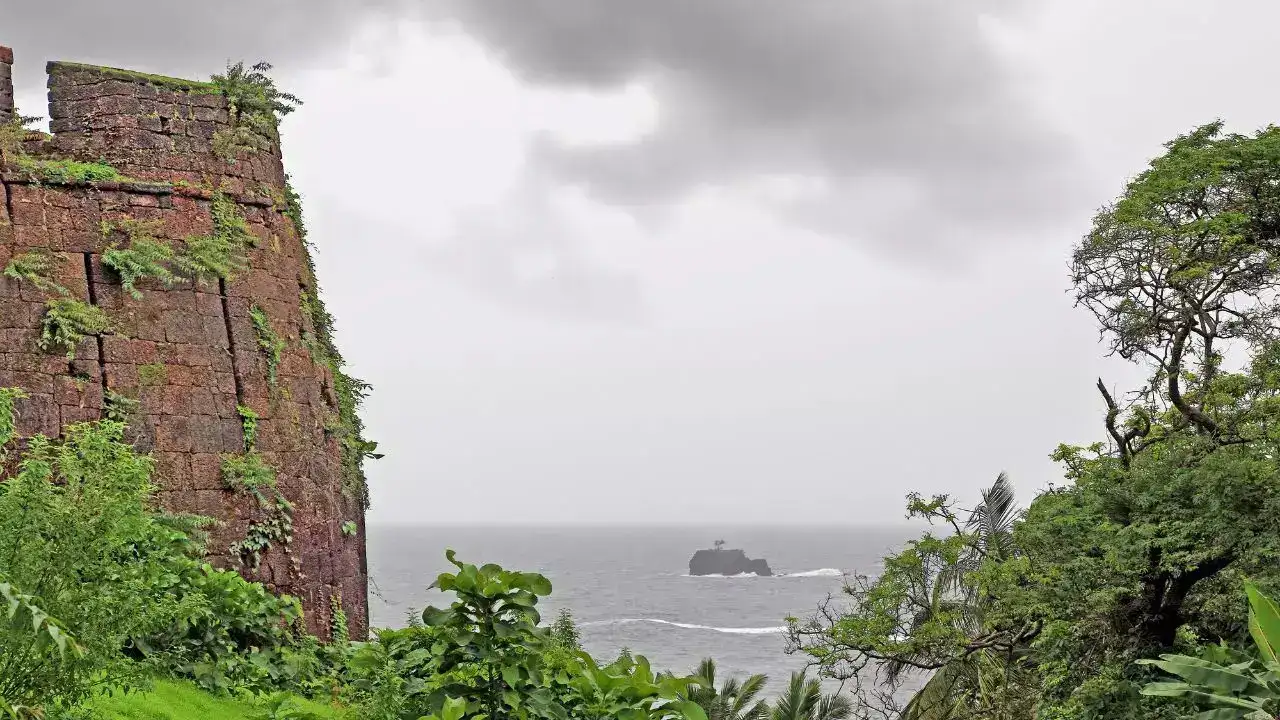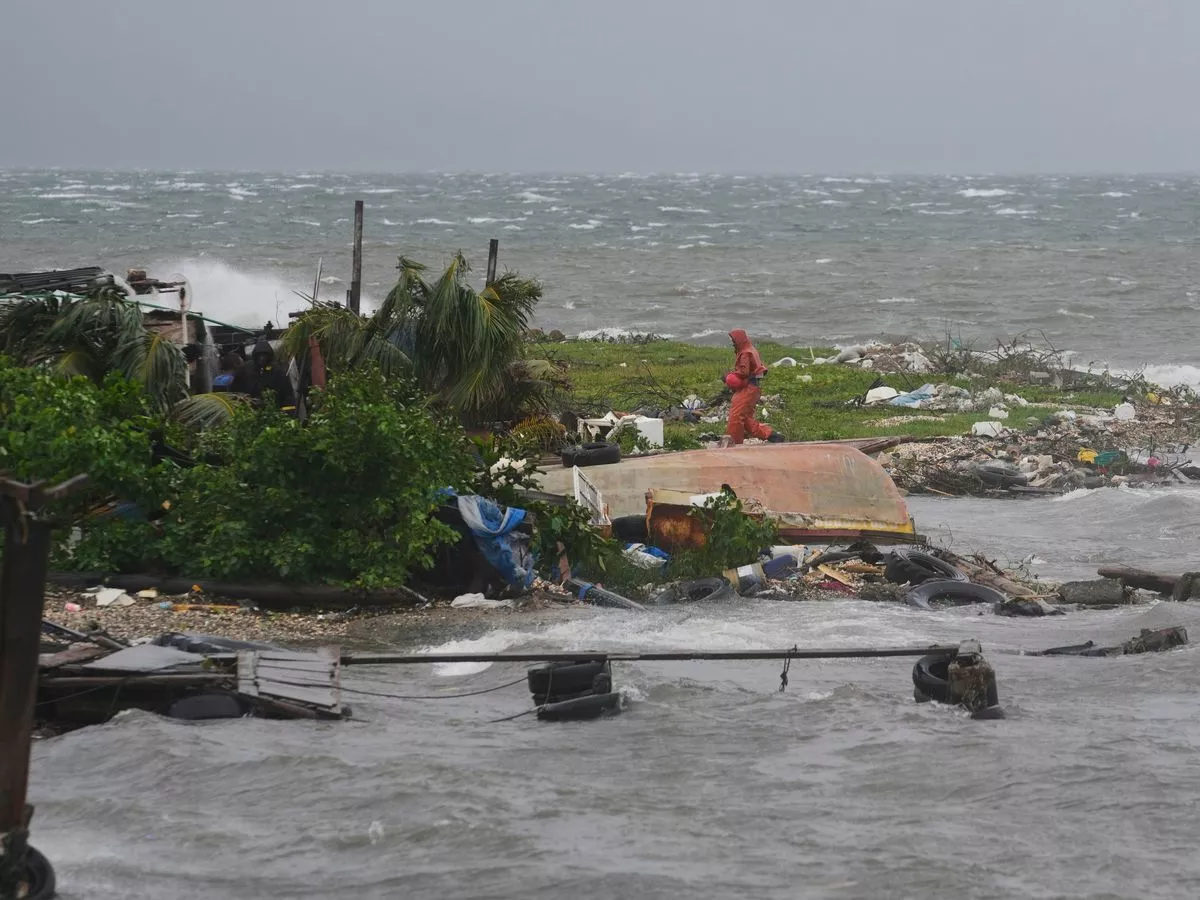Copyright timesnownews

Drive past the chaos of Canacona and the last beach shack at Palolem, and Goa begins to change shape. The sea gives way to forest, the air grows heavier, and somewhere between the rolling hills and paddy fields lies Cotigao — a small village that has quietly become a model for how tourism can work with nature instead of against it. In 2023, Cotigao was named India’s Best Tourism Village, but it still feels like a place untouched by that kind of recognition. Locals move at their own pace. The air smells faintly of jaggery being boiled somewhere nearby. And the roads end at the forest: the Cotigao Wildlife Sanctuary, one of Goa’s oldest and most intact patches of wilderness. Cotigao Wildlife SanctuaryThe sanctuary covers 86 square kilometres of dense green, where trees grow so tall they seem to hold up the sky. It’s not a safari park per se and you won’t find tigers or elephants here. What you’ll find instead are Indian bisons, flying squirrels, woodpeckers hammering at bark, and the occasional porcupine shuffling into the undergrowth. There are eight marked trails, most of them shaded and easy enough for beginners. You can visit the 25-metre-high watchtower, from where you can see deer gather at a watering hole in the early morning. The Nature Interpretation Centre at the entrance is also worth a stop. Here you can engage with exhibits that explain the forest’s fragile balance. The best time to visit is just after the monsoon, between October and February, when the forest floor is alive with mushrooms and wildflowers, and the weather is mild enough for long treks. Life In The VillageOutside the forest, Cotigao moves to its own rhythm. The Velip and Kunbil tribal communities still live here, farming, weaving, and making jaggery the same way their ancestors did. slow-boiling sugarcane juice in earthen pots until it turns thick and golden. If you happen to visit during production season, locals might offer you a piece of still-warm jaggery to taste. You can also stop by workshops where women’s cooperatives make crafts and condiments sold at the annual Lokotsav festival, a local fair that celebrates traditional life rather than commercial tourism. Cabo de Rama FortPerched on a cliff overlooking the Arabian Sea, this fort in Cotigao, which derives its name from Lord Ram, offers breathtaking views and a serene escape. Once a strategic military stronghold, it later served as a prison before falling into disrepair. Today, only the church inside the fort is still in regular use and consequently is the best maintained part of the fort. Mallikarjun TempleGoa's temples are not really on any tourist itinerary, but a short drive from Cotigao takes you to the Mallikarjun Temple in Canacona, which is hidden in a valley surrounded by forest. It’s is said to be one of Goa's oldest temples (probably the only one with stone carvings) and is dedicated to a form of Shiva and houses over 60 deities. Kuskem WaterfallIf you’ve got time, take the forest trail in Cotigao Sanctuary that leads to Kuskem Waterfall. Unlike most waterfalls in Goa, this one rarely feels crowded and has a small pond where you can splash around (but beware of monkeys that are famous for snatching things left on the forest floor). There’s also a Butterfly Park near the sanctuary, a small patch of land buzzing with hundreds of native butterflies. History hides here too. Cotigao has Neolithic stone circles, used even today as gathering spots for community meetings. They’re easy to miss, but if you ask a villager to show you around, you’ll likely end up with a story or two about how their ancestors used these stones for rituals and decisions. Travel News - Find latest news and tips based on Indian and World travel including top 10 travel destination, tourism information, how to reach visit and more at Times Now.



